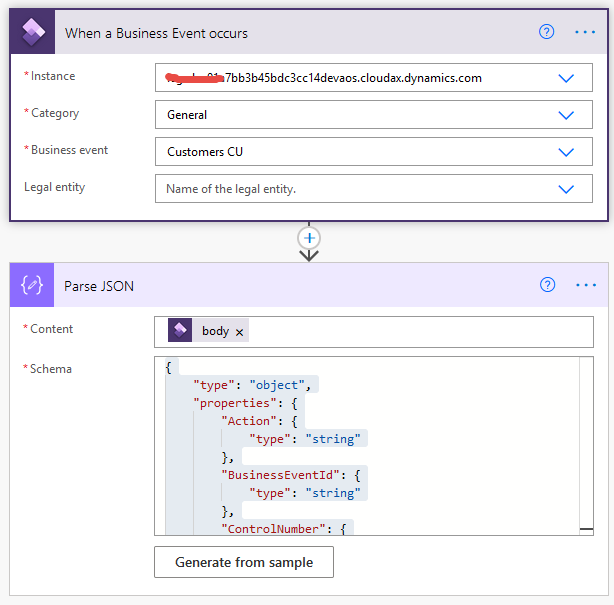Dual-write is an out-of-box infrastructure that provides near real-time interaction between Microsoft Dynamics 365 Customer Engagement (D365 CE) apps and Microsoft Dynamics 365 Finance and Operations (D365FO) apps.
Dual-write provides a tightly coupled,
bidirectional integration between D365FO apps and Dataverse. Any data
change in D365FO apps causes writes to Dataverse, and any data change
in Dataverse causes writes to D365FO apps. This automated data
flow provides an integrated user experience across the apps to
simplify processes and reduces the need for duplication of
work. This includes masters and transactions such as
customers, products, operations, and project data.
Let’s learn how to configure
dual-write so you can take full advantage of the integration.
Lifecycle Services (LCS)
1. Login to LCS using admin credentials. Click
on Project area and configure a new sandbox environment.
2. Previously there was an option to configure a Power Platform
environment when deploying a sandbox environment, but it is no longer
available. Now the Power Platform environment will be
created after the environment is deployed.
3. Once the environment is deployed, the setup button will be enabled to link to the Power Platform environment. Note that it is not possible to delink the environment. The only way to delink is to submit a ticket to Microsoft for this activity.
4. If a D365 CE environment does not exist, use the below option. This will create a new instance of the D365 CE environment and link it to this D365FO sandbox environment.
5. If a D365 CE
environment already exists, then enter the environment ID.
6. Once the steps are completed, the environment URL will be available in the LCS.
7. Log into D365FO and navigate
to Azure Active Directory Applications. Enter the
below IDs to grant D365 CE environment access
to D365FO:
· 6f7d0213-62b1-43a8-b7f4-ff2bb8b7b452
· 2e49aa60-1bd3-43b6-8ab6-03ada3d9f08b
Power Platform Admin Centre
8. Log in to the Power Platform
admin portal with the same
admin ID used previously. Go to Environments and select the
environment connected to the D365FO instance -> Settings -> Application
User.
Create the two users below to
grant access to the D365FO instance and provide them
with a system administrator role:
· 2e49aa60-1bd3-43b6-8ab6-03ada3d9f08b
· 00000015-0000-0000-c000-000000000000
Microsoft Power Apps
9. Log into the Power Apps
portal using the same admin credentials.
Select the D365 CE environment and
navigate to solutions:
10. From the open AppSource, install the below two solutions:
· Dual-write core solution
· Dual-write application
orchestration solution
11. Check the installed apps in the
Power Platform admin centre.
12. Log into the D365FO instance.
Navigate to Data Management and Dual Write Tile.
13. Click on Apply Solution and select the
solution. This will update D365FO with all the standard table
mappings. This step will take approximately 10-15 minutes.
14. Click on Environment Details to view the
environments and legal entities mapped.
15. After configuring all the above
steps, the next step is to enable the table maps. Microsoft has provided many table mappings
between D365FO and D365 CE environments. These are
in not running state by default.
16. Select any table map and run it.
This will start the dual–write integration.
17. To create custom table map, click on Add table
map icon. Select the D365FO entity and the
D365 CE entity. Enter the publisher’s name and version number
of the table map.
18. Click on Add Mapping to map the fields
between the two applications.
Different Map Types:
|
Map Type |
Direction |
|
>
|
Dynamics 365 Finance
and Operations apps to Dataverse |
|
< |
Dataverse to Dynamics
365 Finance and Operations apps |
|
= |
Bidirectional |
|
|
Dynamics 365 Finance
and Operations apps to Dataverse with Default value set. |
|
< |
Dataverse to Dynamics
365 Finance and Operations apps with Default value set. |
19. Once all the mapping is completed, run the
table map to make it active.
You have now completed configuration for
dual-write, giving you the benefits of an automated dataflow between D365 CE
and D365 F&O!






















No comments:
Post a Comment